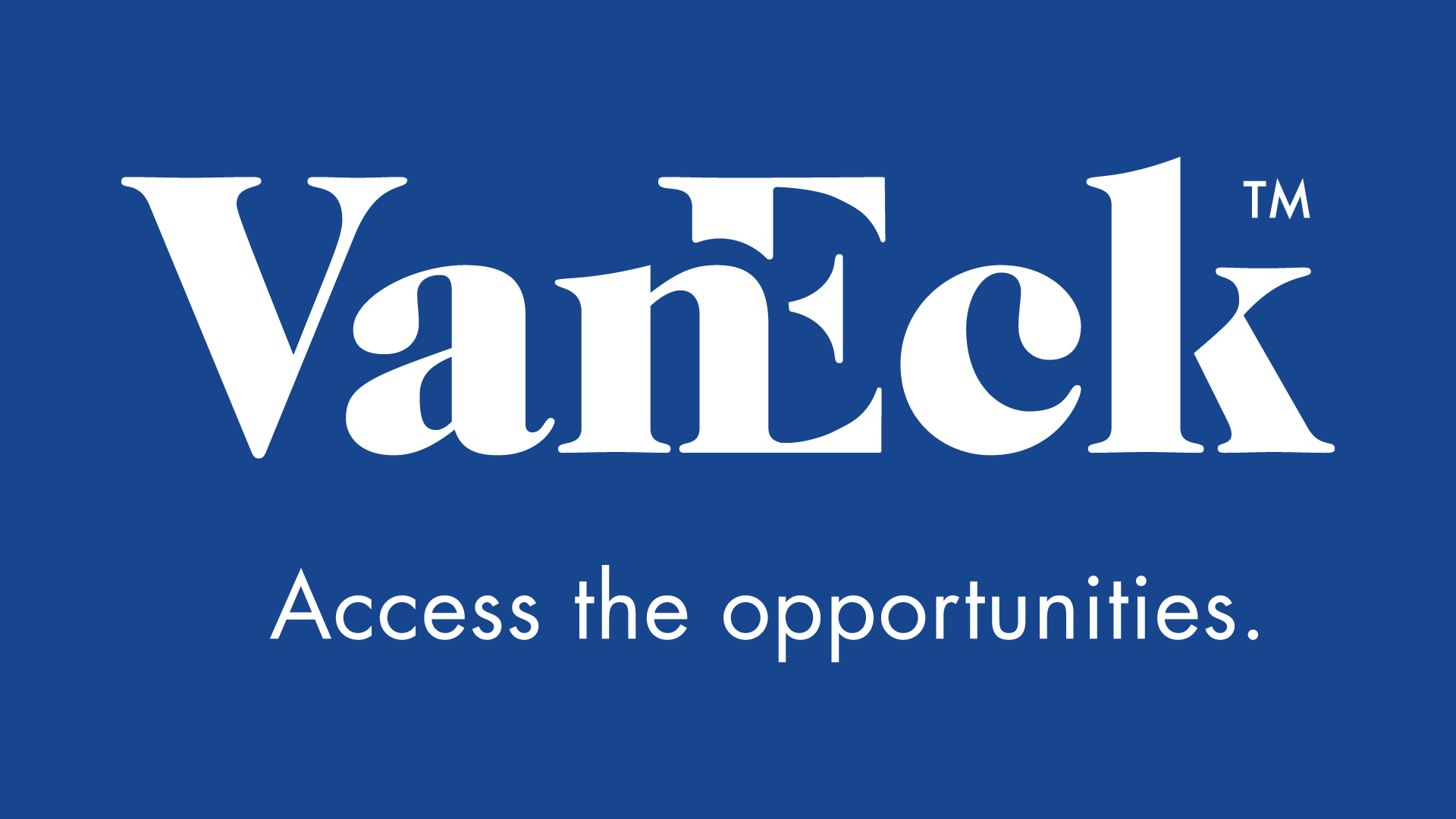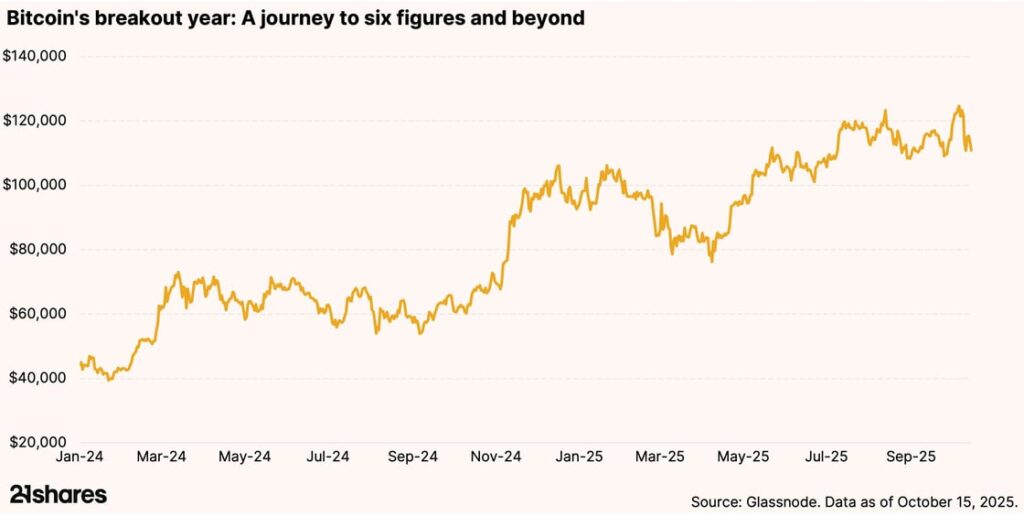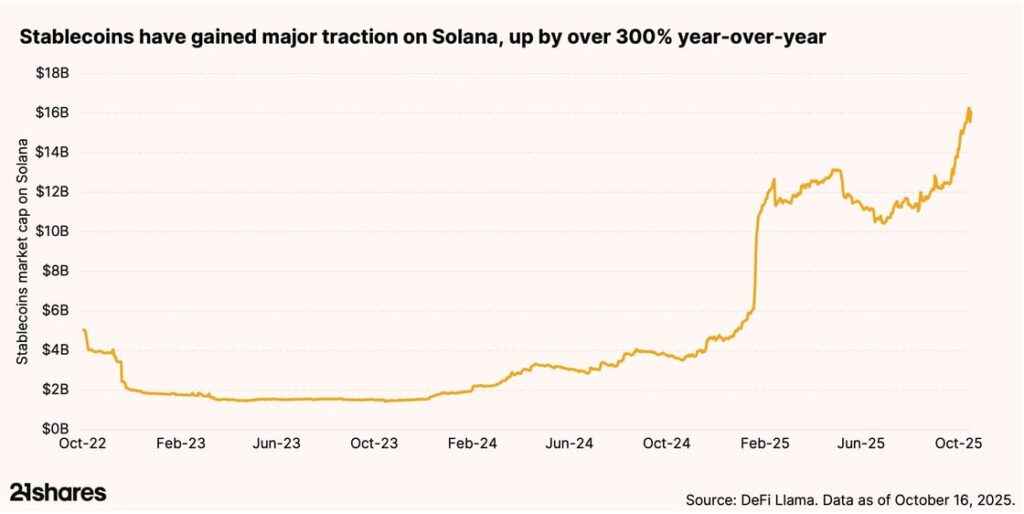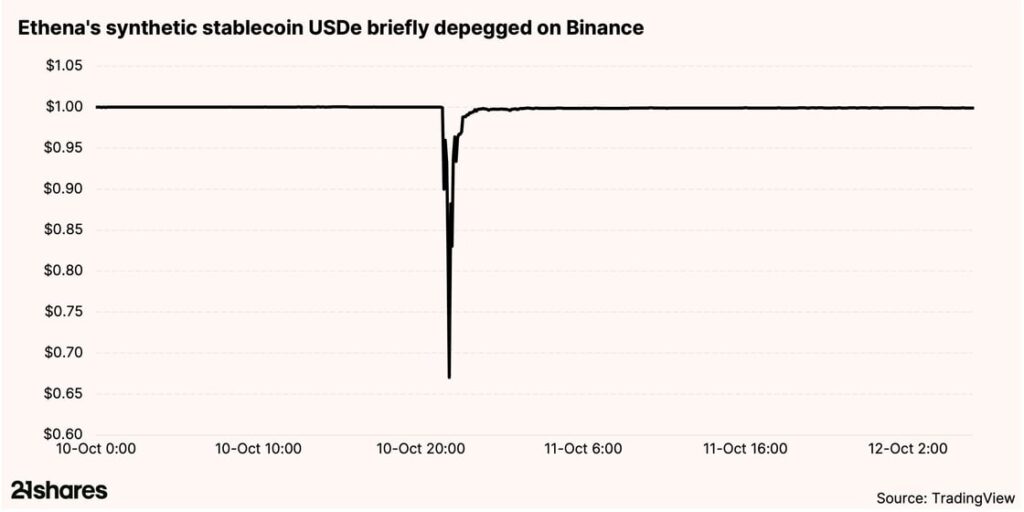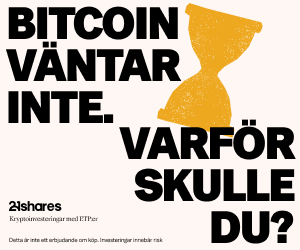EM Bond Creditworthiness Has Improved. Over much of the past two decades, many emerging markets (EM) countries have benefited from a number of factors that have generally led to improved credit ratings. Until a few years ago, strong growth in China and rising commodity prices helped drive economic growth among many raw materials exporters. Central bank monetary stimulus in many developed countries led to capital flows into EM countries, helping to finance growth and keep borrowing costs low. Perhaps most important in explaining this long-term trend of improving creditworthiness are the structural reforms which many countries implemented after the financial crises of the 1980s and 1990s. Adoption of floating exchange rates and an increased ability to issue debt in local currencies has helped reduce the impact of external shocks on many EM economies.
But Has the Improvement Trend Stalled?
Since 2013, the long-term improvement in EM credit ratings appears to have stalled. This change is illustrated by the evolution in the credit rating composition of the J.P. Morgan EMBI Global Diversified Index,1 which tracks the U.S. dollar denominated EM sovereign and quasi-sovereign bond market. The investment-grade-rated portion of the Index reached a peak of 66% in 2013, versus 45% ten years prior and only 14% in 1997. However, this figure has been declining since 2013, with the high yield portion of the Index reaching 46% at the end of April.2
Investment Grade and High Yield Rating Breakdown of the J.P. Morgan EMBI Global Diversified Index 1997 to April 2016
(click to enlarge) Source: J.P. Morgan. Past performance is no guarantee of future results and may be lower or higher than current performance.
A spate of downgrades in recent years has included some notable losses of investment grade status by certain countries. For example, Brazil experienced downgrades as a result of economic contraction, deteriorating fiscal health, and political gridlock. Russia’s high dependence on oil and gas to help finance economic growth and government expenditures, and the impact of Western imposed sanctions, resulted in downgrades beginning in 2014. South Africa now finds itself facing the possibility of losing its investment grade status as it struggles with low growth and high public debt levels.
Positive Credit Stories Can Still be Found
The story, however, is not all doom and gloom. A number of EM countries have seen an improvement in their credit ratings in recent years. For example, effective economic reforms in Peru and the Philippines have had a positive impact on the fiscal health of these countries, which led to rating upgrades. Hungary’s credit rating has benefitted from economic growth and the government’s commitment to managing debt levels and spending, which may help it to regain investment grade status. In Indonesia, policy effectiveness and a relatively healthy balance sheet have led to expectations of a possible upgrade this year, which may result in an investment grade rating from all three major rating agencies.
Diversify within EM Bonds
The diverging credit ratings among EM countries, and the fundamental drivers of these changes, serve as a reminder of the importance of diversification within an allocation to EM bonds. By diversifying across countries, sectors, currencies, and credit quality, investors can gain exposure to the full spectrum of EM debt. For example, the local currency debt universe is skewed toward higher rated issuers because countries with larger local bond markets also generally have greater economic stability and borrower rights. Therefore, this market can help investors reduce credit risk relative to the broad hard currency EM sovereign bond market while taking on exposure to local currencies.
Potential for Higher Yields and Increased Diversification
Over the long term, an allocation to EM bonds can potentially provide both yield enhancement and diversification benefits within a broader portfolio. EM bond yields have risen since early 2013, reflecting the market’s assessment of creditworthiness, and may offer a yield premium versus developed bond market yields. Low correlation3 with other asset classes, including core fixed income sectors, may improve a portfolio’s diversification.
Investors can access bonds issued by emerging market governments and denominated in local currencies with the VanEck Vectors™ J.P. Morgan EM Local Currency Bond ETF ( EMLC). Investors seeking to invest beyond sovereigns can gain access to high yield bonds issued by EM corporate issuers through the VanEck Vectors Emerging Markets High Yield Bond ETF ( HYEM). Alternatively, investors seeking diversified exposure to the broad EM debt universe across both sectors and currencies can do so through the VanEck Vectors Emerging Markets Aggregate Bond ETF ( EMAG).
Authored by William Sokol, Product Manager, ETFs
ETFs is authored by VanEck thought leaders. VanEck is the sponsor of VanEck Vectors ETFs and is currently among the largest providers of exchange traded funds (ETFs) in the U.S. and worldwide. VanEck Vectors ETFs empower investors to help build better portfolios with access to compelling investment themes and strategies. Our ETFs span many global asset classes, and are built to be transparent, liquid, and pure-play reflections of target markets.
IMPORTANT DISCLOSURE
1 J.P. Morgan EMBI Global Diversified Index is comprised of U.S. dollar denominated Brady bonds, Eurobonds, and traded loans issued by emerging markets sovereign and quasi-sovereign entities. The index weighting methodology limits the weight of countries with larger debt stocks.
2 Source: J.P. Morgan. Securities are categorized as Investment Grade if two out of three ratings from Moody’s, S&P and Fitch are Baa3/BBB-/BBB- or higher. If a security has two ratings, both must be Baa3/BBB-/BBB- or higher. Otherwise, securities are categorized as High Yield.
3 Correlation measures how two securities move in relation to each other.
This content is published in the United States for residents of specified countries. Investors are subject to securities and tax regulations within their applicable jurisdictions that are not addressed on this content. Nothing in this content should be considered a solicitation to buy or an offer to sell shares of any investment in any jurisdiction where the offer or solicitation would be unlawful under the securities laws of such jurisdiction, nor is it intended as investment, tax, financial, or legal advice. Investors should seek such professional advice for their particular situation and jurisdiction.
The indices listed are unmanaged indices and do not reflect the payment of transaction costs, advisory fees, or expenses that are associated with an investment in any underlying exchange-traded funds. Historical performance is not indicative of future results; current data may differ from data quoted. Indexes are unmanaged and are not securities in which an investment can be made.
Diversification does not assure a profit nor protect against loss. Indices are not securities in which investments can be made.

 Nyheter4 veckor sedan
Nyheter4 veckor sedan
 Nyheter3 veckor sedan
Nyheter3 veckor sedan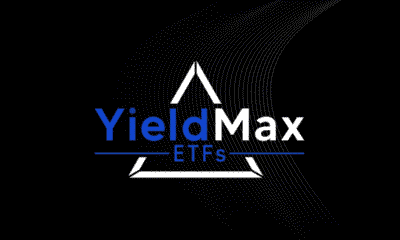
 Nyheter4 veckor sedan
Nyheter4 veckor sedan
 Nyheter4 veckor sedan
Nyheter4 veckor sedan
 Nyheter3 veckor sedan
Nyheter3 veckor sedan
 Nyheter2 veckor sedan
Nyheter2 veckor sedan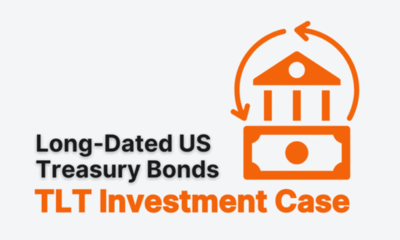
 Nyheter4 veckor sedan
Nyheter4 veckor sedan
 Nyheter3 veckor sedan
Nyheter3 veckor sedan
